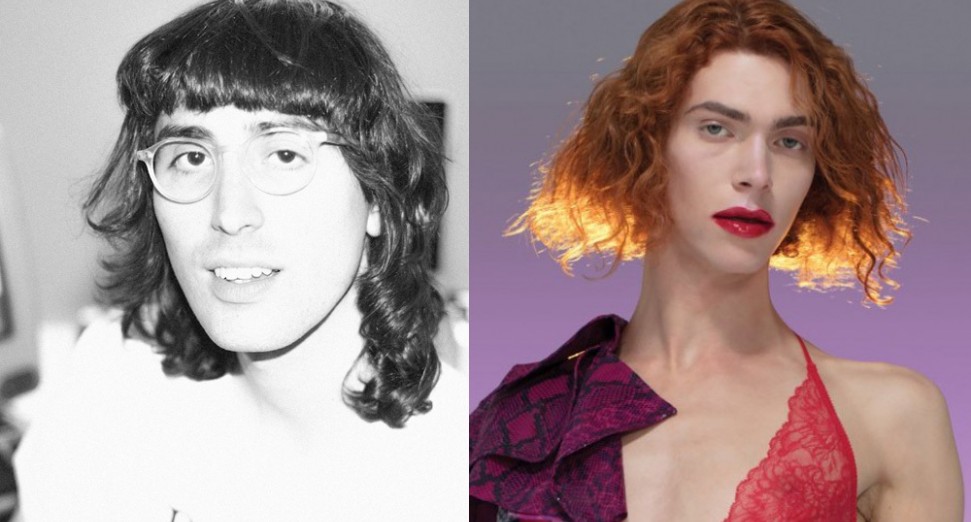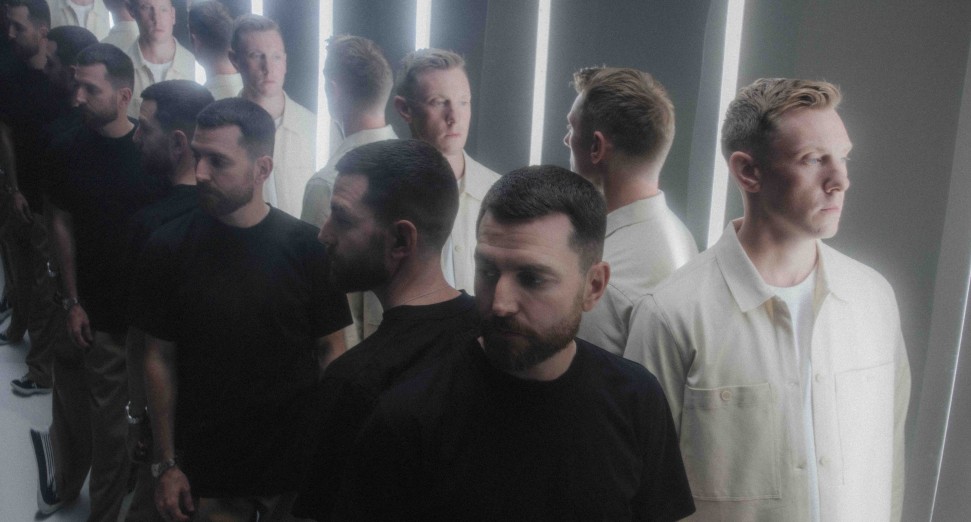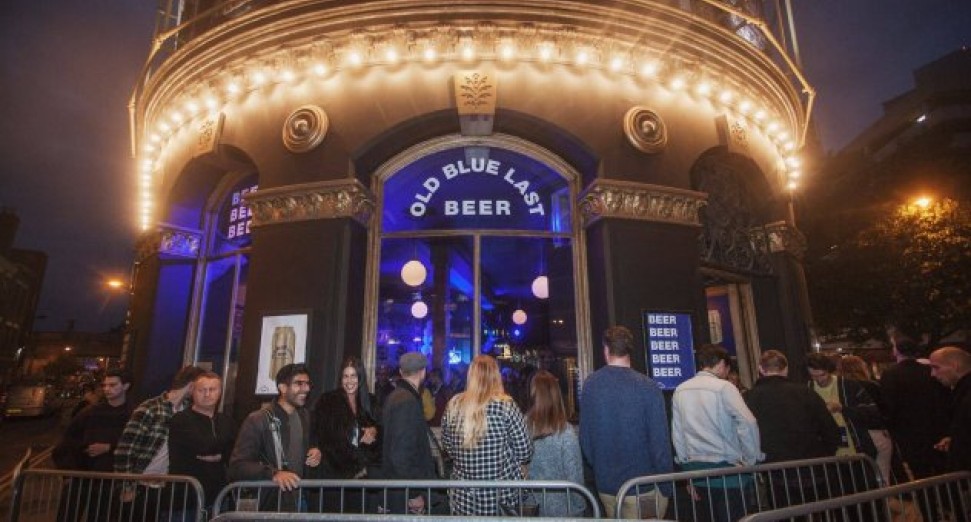
Drivetrain on Letting Emotion Shape the Discography
Drivetrain’s music doesn’t sit neatly in one category—and that’s exactly the point. His work stretches across techno, house, drum & bass, electro, and ambient—but it also spills into opera, shoegaze, dark wave, and indie rock. With decades of releases and aliases under his belt, his discography reads more like a personal archive than a genre-specific catalog.
At the heart of it is a belief in music as emotional documentation. Drivetrain isn’t chasing trends or industry validation—he’s building a body of work that reflects where he was mentally, emotionally, and creatively at every stage. It’s why older tracks still hit with clarity, even years later. The mixdowns might age, but the intention holds.
In this interview, he walks through the value of emotional honesty, how different life phases shaped different sounds, and what he hopes listeners take away from his ever-evolving story.
When you look at all the music you’ve put out, what kind of story do you think it tells?
My discography shows how deeply music has shaped my life. It spans techno, house, drum and bass, electro, down tempo, experimental, and even stretches into opera, indie rock, dark wave, shoegaze, and industrial. It’s a reflection of how I live—always exploring, always open. I’ve released music under different aliases just to keep expanding. That diversity isn’t strategy—it’s who I am.
What’s it like hearing something you made five years ago—does it still hold up for you?
Since I’ve never followed trends, a lot of the older tracks still feel relevant. People still play them in clubs and they get a real reaction. Sonically, I sometimes hear things I’d mix or master differently now—but I never regret the creative choices. Each one reflects a specific moment in my life, and I wouldn’t change that.
Have your earlier tracks revealed anything surprising about where your head was at back then?
Definitely.
I can tell right away what influenced a track—what genre I was listening to, what kind of emotion I was processing. Some of my best work came from periods of sadness or frustration. That emotional charge is hard to fake. There’s something undeniably real that surfaces when you stop trying to polish the feeling out of the music.
Do you feel your older work shows who you genuinely were, or was it more about exploring specific techniques?
It was both. I’m always pulling from personal experiences, but I’ve also gone through phases—whether that’s experimenting with new gear, a different musical genre, or even something as simple as switching up my listening habits. I enjoy pushing myself into the unknown, and that’s always been part of the process.
When people check out your discography down the line, what do you hope they’ll notice or appreciate?
I hope they hear the honesty and range. Every track comes from a real place—never built for mass appeal or shaped by outside pressure. Not every song is meant for every listener, and that’s intentional. What matters to me is that the music carries emotion. That it feels like something lived in.
Is there a common thread linking your earliest releases to the music you’re dropping today?
Yes—melody and harmony have always been central. Whether it’s a dancefloor-focused track or something more introspective, you’ll hear chord progressions that anchor the music. I also love incorporating solos with live instruments—guitar, trumpet, bass. That emotional layer has been there since the beginning.
How much of yourself do you think slips into your music—even when you don’t mean it to?
All of it is me. That’s the only way I know how to work. I don’t set out to have a “sound,” but over time, it forms naturally. When people recognize my tracks, it’s because there’s a fingerprint in the way I build emotion and structure. That’s not something I plan—it’s embedded in the process.



